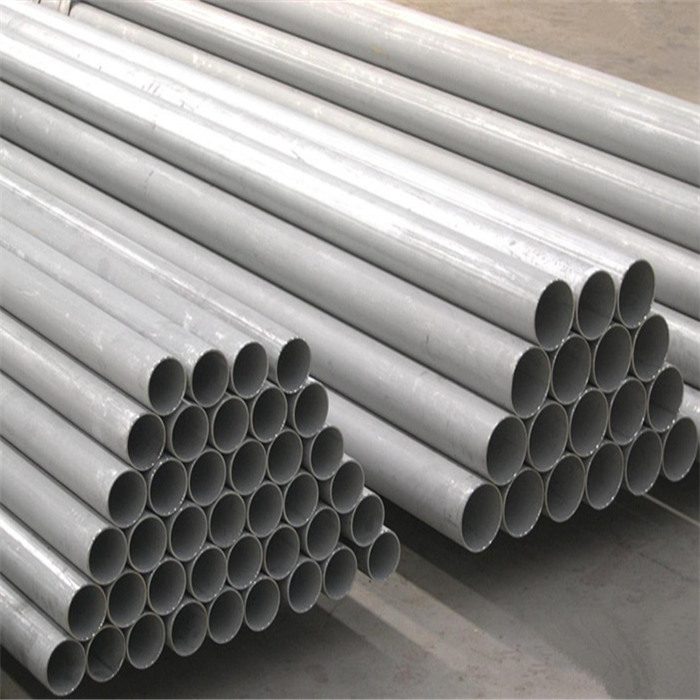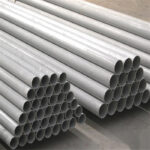310S Stainless Steel Seamless Tubes Stainless Tubing Coil 2 Inch
Overview
310S stainless steel tube has good high-temperature resistance. When the temperature exceeds 800°C, it begins to soften, and the allowable stress begins to continue to decrease. The maximum service temperature is 1200°C.
Due to the high content of nickel (Ni) and chromium (Cr), it has good oxidation resistance, corrosion resistance, acid and alkali resistance, and high-temperature resistance. High temperature-resistant steel tubes are specially used to manufacture electric furnace tubes. The austenitic stainless steel adds carbon After the content, the strength is improved due to its solid solution strengthening effect. The chemical composition characteristics of austenitic stainless steel are based on chromium and nickel with the addition of elements such as molybdenum, tungsten, niobium and titanium. Because of its structure of face-centered cubic structure, Therefore, it has high strength and creep strength at high temperature.
Mechanical Properties Typical Values at 68°F (20°C)
| Yield Strength 0.2% Offset |
Ultimate Tensile Strength |
Elongation in 2 in. |
Hardness | ||
| psi (min.) | (MPa) | psi (min.) | (MPa) | % (min.) | (max.) |
| 35,000 | 245 | 80,000 | 550 | 45 | 217 Brinell |
Features
Grade 310S tubes provides superior resistance to corrosion and heat, even in the most challenging environments. Following are the key feature of grade 310S stainless steel tube:
Austenitic stainless steel with excellent high temperature oxidation resistance good for continuous exposure to 2100 degree F Intermittent service to 1900 degree F.
Good aqueous corrosion resistance due to high chromium content
Good resistance to oxidizing and carburizing atmospheres
Excellent resistance to corrosion at normal temperatures
Good resistance to oxidation in intermittent service up to 1040°C temperatures, and in continuous service up to 1150°C.
Good resistance to thermal fatigue and cyclic heating.
Widely used in areas with elevated temperatures, and sulphur-dioxide gas.
Continuous use in 425-860°C temperature range can deteriorate aqueous corrosion resistance due to carbide precipitation.
Generally used in applications with temperatures starting from about 800 or 900°C.
Mostly used in heat treatment and process industries in high temperature and corrosive environments
Can be easily roller-formed, stamped, and drawn
Usually fabricated into complex structures
Grade 310 tubes harden after severe forming operations. Hence, it should be followed by annealing
Generally weldable by common processes
Offers weldability equivalent to 304 and 304L
Applications













-2.jpg)



